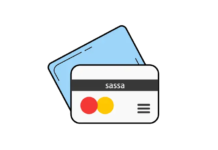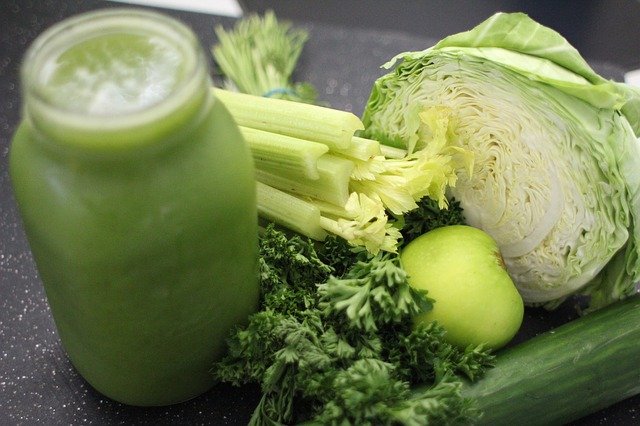The idea of intermittent fasting may let you feel overwhelmed, which is especially true if you are a fasting “virgin”. Don’t feel so depressed. After all, intermittent fasting is a diet plan that is easier to start than any other diet plan.
Beneficial for weight loss, to boost your metabolism and help reduce the risk of some diseases,
intermittent fasting leads you to form a lifestyle telling you to limit yourself to some drinks during fasting window and to eat healthy foods during the feasting window. There are restrictions to the foods you can eat during intermittent fasting but it’s better to opt to low-calorie and healthy foods such as the foods with high Omega-3.
Then, to start intermittent fasting, you can start from the following preparations.
Determine an Intermittent Fasting Plan Best Fit for You
Intermittent fasting can be run through different ways, which is determined by the intermittent fasting plans you choose. The main intermittent plans include 16:8, 5:2, 18:6, OMAD, warrior diet, etc. If you’re an intermittent fasting beginner, it’s suggested you start from 16:8 diet plan because it’s easy to run and flexible.
With your intermittent fasting plan determined, you’ll be able to schedule your meals during your diet window. So, to schedule your meals, you should start from determining your intermittent fasting plans.
It’s quite necessary to learn about the differences between all the intermittent fasting plans so as to pick up the one best for you. The following aspects should be considered before deciding an intermittent fasting plan:
- How many meals you have every day
- Which meal arouses the least interest in a day
- How often do you get hungry
- Are you a snack addict
All the questions above help you select a suitable intermittent fasting plan. For example, if you have three meals a day at the fixed time, a 16:8 diet is best for you. You can either cut your breakfast or your dinner based on how you feel towards them.
Make Meals Compatible with Your Daily Plan
Most people form regular lifestyles that allow themselves to conform to regular meals in a day. The long-term diet schedules make your body stick to a biological clock so that you may feel hungry when your meals are due.
For intermittent fasting beginners, it’s a little difficult to switch from your original diet to the fasting diet. You still arrange your main diet based on your original diet plan and cut the unnecessary one.
For example, if you select the 16:8 intermittent fasting plan that requires you to cut a meal from your diet schedule, it’s suggested your lunch can’t be missed out. If you don’t feel so hungry in the morning, then your breakfast can be cut. That’ll be an easy start.
Make Baby Steps to Weight Loss
Everyone wants to lose extra weight in just one day but it’s never ever possible.
Intermittent fasting is a type of diet plan or can be regarded as a lifestyle. Rome isn’t built in one day and neither is intermittent fasting. So, don’t rush too hard towards intermittent fasting at the beginning. Give your body enough time to get used to your new lifestyle.
Do you believe everyone is fasting but not everyone knows it?
People need sleep. Your body is going through intermittent fasting while you are sleeping. You neither eat nor drink anything and let your body burn fat, which is also why enough sleep is beneficial for weight loss.
Different from dieting, intermittent fasting sets no restrictions to the foods you eat, which is also why fasting is healthier and easier to follow than dieting.
Say No to Unhealthy Snacks
Some people complain too much about their meals but hardly notice the snacks they consume. However, sometimes it’s snacks that drive people to gain weight.
Snacking has been one of the top ways for many people to relax themselves and snacks can be available at any place and any time. Worse still, quite a lot of unhealthy snacks are consumed like candies, cakes, chocolate, etc. that can easily gain you weight.
Therefore, your intermittent fasting can be started from breaking your snacking habit at home or at office.
Nevertheless, not all snacks are unhealthy. The snacks like fresh fruit and nuts should be embraced during intermittent fasting since they are rich in fiber, vitamin and omega-3 that are beneficial for your body and friendly to weight loss.
Use a Tracker to Assist and Control Your Fasting
If you’re an intermittent fasting beginner, it’s suggested a fasting tracker should be used to lead you to get easy access to intermittent fasting. A fasting tracker tells you when to start and end fasting and eating and keeps records of your body status so that you’ll better know what’s happening to your body during each phase of your intermittent fasting. Moreover, a professional fasting tracker will pro tips on how to fast in a professional way.
Another advantage of using a fasting tracker lies in its flexibility to allow you to keep your fasting plan fit for any temporary change that may occur to your life, like your best friend’s birthday party. If you are a 5:2 faster and your fasting days are scheduled to be at weekend and your best friend’s party is also on, then, you can schedule your fasting days to be at a weekday to keep a perfect balance between fasting and partying.











